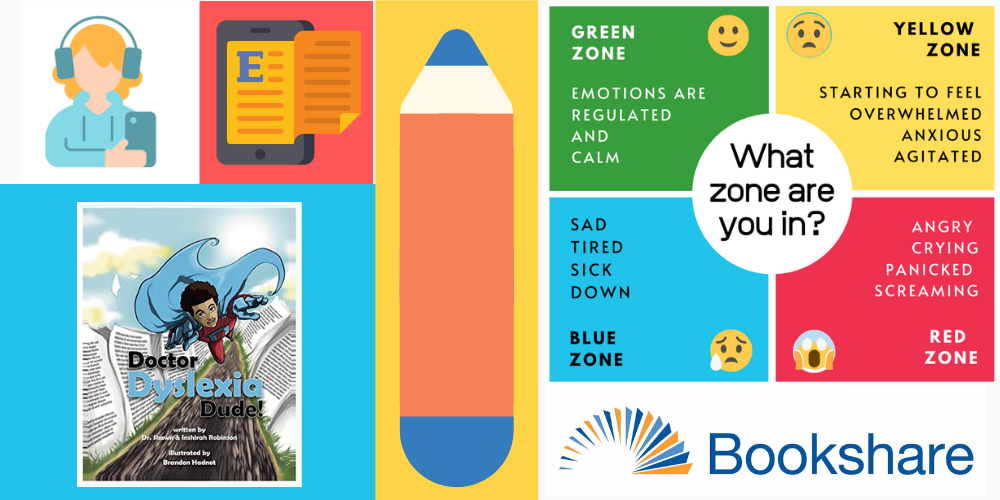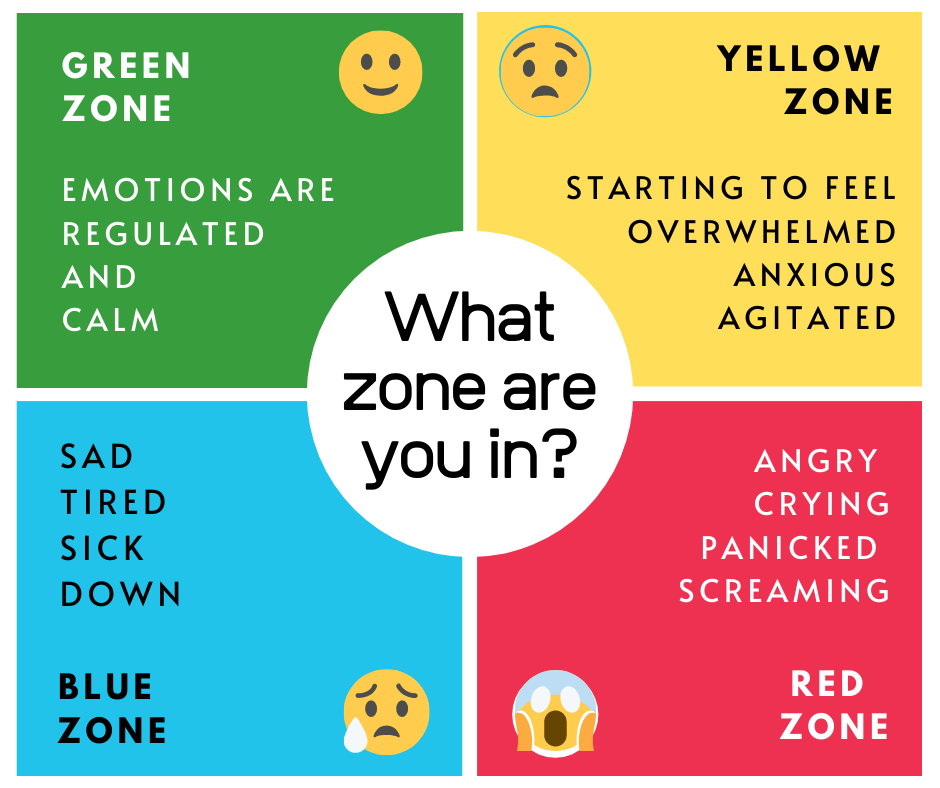Enjoy this roundup of educators’ tips, trends, and resources to ensure back-to-school success for students with learning challenges
The Bookshare community is filled with expert educators, accessibility specialists, and student advocates. We recently connected with several members who shared valuable ideas and insights for teachers and parents as the new school year gets started.
Educators in the Field Share Tips for Reading Success
We caught up with several educators – Magaly from Nevada, Karen and Nancy from Michigan, Jenny from Arizona, and Mychal from Tennessee – who shared some pro tips on implementing Bookshare and assistive technology to help students with reading barriers:
- Assistive technology offers reading options that give power back to students, and showing off their command of technology builds confidence. Remember that other students are watching the struggling readers.
- How can teachers encourage students to read text while listening to audio? Students need to use both modalities to grow as readers. We just want students to read, and it doesn’t matter how they do it or whether they use audiobooks only, audio with highlighted text, or just text. One way is to ask students to highlight and annotate what they are reading because the tactile aspect engages them.
- Bookshare’s text-to-speech audio support allows students to read books they always wanted to read, but the level was too high. Bookshare is more than just an ebook and more than just an audiobook – it’s both, and it’s free!
Free Tools for Struggling Readers and Writers
Two Universal Design for Learning (UDL) specialists in New Mexico – Megan Shanley and Janea Menicucci – stress the importance of giving students multiple means of action and expression to demonstrate what they know. “UDL increases motivation, comprehension, and retention and builds expert learners who know which tools work best for them,” says Megan. Their mantra is: choice and voice lead to engagement. Download this PDF to see the list of recommended tools.
Navigating Mental Health for Students with Learning Differences
According to Dr. Andy Kahn, licensed psychologist and Understood.org expert, the ultimate goal for teachers is to help children run through the finish line to become employable adults. Part of that goal includes navigating mental health challenges. Dr. Kahn recommends an outside-in approach to identify sources of discomfort that can impede learning:
- Start by evaluating physical complaints
- Then identify behavioral issues and triggers
- Finally, address emotional concerns
For example, one way to increase self-awareness and help students determine which emotional zone they are in is to use different colors to represent different behaviors:
- Red/STOP – angry, mad, upset, aggressive, out of control
- Yellow/SLOW – frustrated, worried, silly, excited, embarrassed, confused, loss of some control
- Green/GO – happy, calm, focused, proud, ready to learn
- Blue/REST AREA – sick, sad, tired, bored, depressed, sick, moving slowly
Students are encouraged to “practice positive behaviors in the green so they can apply them in the red.”
Integrating Accessible Educational Materials (AEM) into a Classroom
How can teachers be accessibility heroes? Cynthia Curry, CAST Director, along with Mary Lane and Adrienne Shoemaker from the New Hampshire Department of Education, suggest starting with AEM – accessible educational materials – so all learners can access curriculum materials in a personalized way. The AEM Center has an abundance of resources for creating accessible websites, documents, videos, math, and social media.
“Encourage teachers to allow multiple ways for students to demonstrate learning. Educate them on the tools, resources, and formats you need. I wish teachers would be more flexible with how assignments get done.”
–Ella, student with dyslexia, MN; Bella, student with visual impairment, VA; Emery, student with dyslexia, TX
One Teacher is All It Takes to Make a Difference
All it takes is one teacher to instill hope in a student. For Shawn Anthony Robinson, PhD, who struggled with severe dyslexia throughout school, that teacher was Dr. Robert Nash, who believed in him and gave him hope. Shawn’s alter ego, Dr. Dyslexia Dude, has been sharing his own recipe for HOPE with others: H – for helping people; O for opportunities; P for progress; E for empowerment. “We don’t GO through life, we GROW through life,” says Shawn.
“Reading transforms students’ lives. It frees them, and all students have potential.”
– Dr. Shawn Anthony Robinson, author of Dr. Dyslexia Dude: The Battle for Resilience and a member of the Benetech Advisory Council
What’s New with Bookshare for Back to School?
Just in time for back to school, students can read and learn with the new and improved Bookshare Reader for web browsers, iOS and Android tablets and smartphones, and Alexa-enabled smart speakers.



Be First to Comment